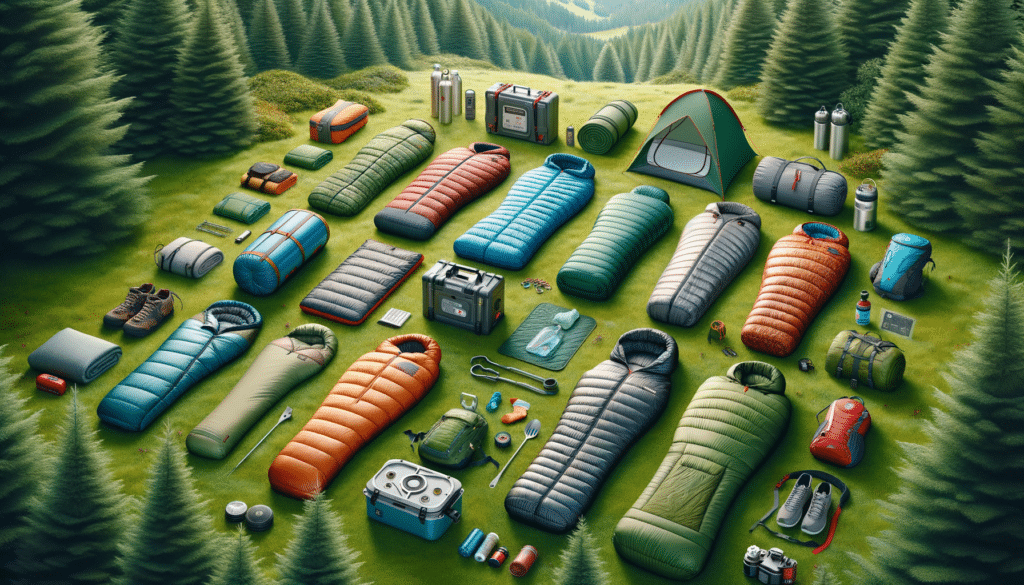How to Choose a Sleeping Bag
Choosing the right sleeping bag is crucial for a comfortable night’s sleep in the great outdoors. To start, consider the temperature rating. Sleeping bags are rated for different temperatures, and selecting one that matches the expected weather conditions is essential. For instance, a bag rated for 20°F might be too warm for summer camping but ideal for spring or autumn trips. Also, think about the shape of the sleeping bag. Mummy bags are snug and efficient at retaining heat, while rectangular bags offer more space and comfort for those who move around a lot in their sleep.
Another factor to consider is the weight and packability of the sleeping bag. If you’re backpacking, you’ll want a lightweight bag that compresses easily. Materials also play a role in choosing a sleeping bag. Synthetic insulation is generally more affordable and performs better in wet conditions, while down insulation offers superior warmth-to-weight ratio but can be more expensive. Lastly, consider any additional features like hoods, draft collars, and zippers that can enhance your comfort and convenience.
Types of Sleeping Bag Insulation
Sleeping bag insulation is a critical component that determines warmth and comfort. There are two primary types of insulation: synthetic and down. Synthetic insulation, made from polyester fibers, is known for its ability to insulate even when wet. It’s typically more affordable than down and dries quickly, making it a popular choice for campers who may encounter damp conditions.
On the other hand, down insulation, sourced from the plumage of ducks or geese, offers an exceptional warmth-to-weight ratio. It’s highly compressible, making it ideal for backpacking trips where space and weight are at a premium. However, down can lose its insulating properties when wet, although water-resistant treatments have improved its performance in recent years.
When choosing between synthetic and down, consider the typical weather conditions you’ll face. For wet and humid environments, synthetic might be more reliable. For cold, dry conditions, down could offer the warmth you need. Each type has its pros and cons, so weigh them against your specific camping needs.
Camping Gear Checklist
Preparing for a camping trip involves more than just choosing a sleeping bag. A comprehensive camping gear checklist ensures you have everything you need for a successful outing. Start with the basics: tent, sleeping bag, and sleeping pad. These provide the foundation for a comfortable night’s rest.
Next, consider your cooking needs. A portable stove, fuel, and cooking utensils are essential for preparing meals. Don’t forget a reliable water filter or purification tablets to ensure you have safe drinking water. Lighting is another key component, so pack a headlamp or lantern with extra batteries.
Clothing should be appropriate for the weather, with layers for warmth and rain gear for protection. A first aid kit is crucial for handling minor injuries, and navigation tools like a map and compass or GPS device will help you stay on track. Finally, personal items such as toiletries, insect repellent, and sunscreen round out the list. Tailor this checklist to your specific trip and location to ensure you’re fully prepared.


